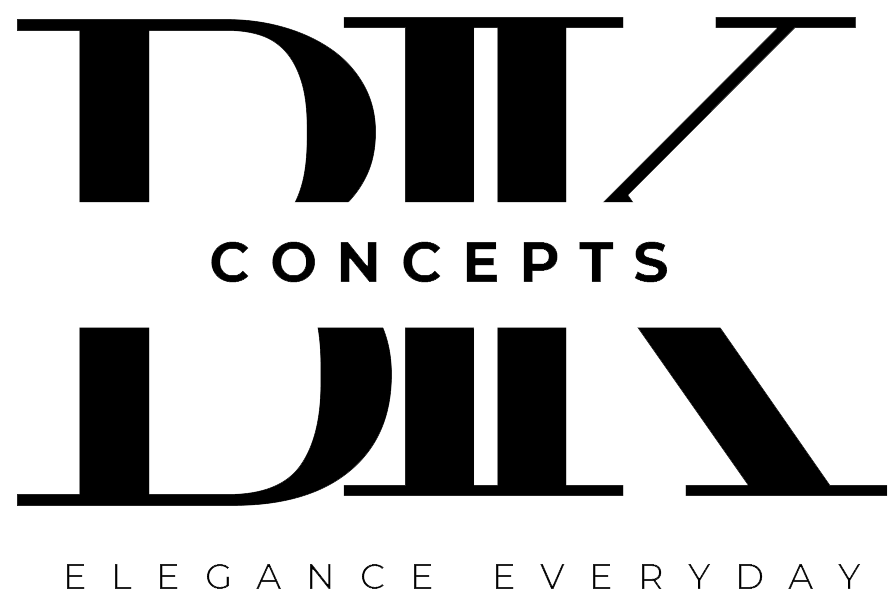A clean kitchen is more than simple aesthetics. It improves efficiency, hygiene, and satisfaction. When you learn how to organize your kitchenware properly, you will ensure that every pot pan and kitchen utensil has an appropriate place to put it, making your cooking routine less hectic. Finding tools during a recipe is a thing of the past, while the mess on the counter is reduced. If you've got a large kitchen or cozy space, optimizing your storage methods can help to keep your kitchen tidy and make it easier to cook your food.
Review and De-clutter
Before you dive into solutions for storage, consider the items you really need in the kitchen. Remove every pan, pot, utensil, and gadget and place them in a flat area. Check the condition of each piece and the frequency with which it is used. Remove broken equipment, put aside pieces that are rarely used for charity, and store items that are actually useful. If you can reduce the amount of kitchenware in your collection, you can reduce the need for future organizing and also gain extra space to store your kitchen necessities.
Classify By the function.
Following the decluttering process, all other items are placed according to their main purpose. Place cooking pans, pots, and frying pans in the same place and separate baking mixing bowls, trays for baking, and measuring cups in separate containers. Keeping related objects within the same area allows them to be easily located and avoids cluttering cabinets. If you decide to add or take away objects later on, this strategy makes it easier to arrange. In defining the place of each category in the kitchen, you can eliminate any confusion and ensure a consistent and streamlined space for daily cooking.
Get the most out of vertical space.
In choosing how to organize your kitchen appliances efficiently, consider going over drawers and cabinets utilizing vertical space. Pegboards, walls, along with the cabinets' sides can be great locations to place pans, spoons and measuring cup. This frees up cabinets and counter space and gives quick access. Hooks on doors and underneath shelves are ideal for storing lids or even smaller kitchen utensils. Utilizing the vertical space in a creative way, the surface can be transformed into useful storage options.
Optimize drawers and cabinets.
The drawers, as well as the cabinets, are the mainstay of kitchens in general, So organize them in a planned manner. Put heavier cookware, such as cast-iron pans, on the lower shelf to make it easier for them to lift, whereas lighter objects are placed in higher places. Drawer dividers assist in separating the utensils and prevent the utensils from getting caught. Shelf risers can create additional levels that ensure smaller devices are not buried under larger containers. When you arrange your contents with care, they not only conserve space, but you can also decrease the time required to find every object.
Nest, stack, and protect
to maximize the space in your cabinets, stack objects of similar shapes. Cups, measuring cups, and containers made of plastic can all be stacked neatly with the intention of protecting surfaces from damage. Make use of soft liners or towels in between cookware items to stop scratching, particularly for nonstick cooking pans. The upright position of lids on a rack can also help reduce clutter. If you are able to use the idea of stacking and nesting to protect delicate surfaces and create a cleaner kitchen that is more efficient in both the cleaning and cooking processes.
Sort items by frequency of Utilization
Set your most commonly used cookware pans, pots, and utensils in the most convenient cupboards and drawers. The ability to keep them near your eyes or waist height will help you reduce time spent and prevent unnecessary lifting or bending. The less popular gadgets, for example, waffle makers and holiday roasters, could be set up on shelves higher or in less convenient corners. This layout prevents clutter from getting in the way of the main cooking areas. With the priority of this function, you can simplify the preparation of meals and cleaning up afterward.
Specialty and seasonal equipment
Large or rarely used items such as large baking pans, ice cream makers, and deep fryers could eat up the space in your cabinet if they're stacked together with the everyday items. Make an upper cabinet, a pantry shelves, or an adjacent closet to store these items. Covering breakable objects with protection materials will ensure they stay well-maintained throughout their use. The separation of specialty items allows room for regular tools and helps you locate unique objects whenever the need arises.
Cleaning and Maintaining Order
A clean and orderly kitchen is not just a boost to your enjoyment in the kitchen; it will also protect the quality of the kitchenware you use. Make sure to regularly clean your cabinets, shelves, and drawers to clean up spills and crumbs. This will prevent the spread of insects and will help you recognize any signs of wear or tear on the pans and kitchen utensils. Create a system wherein you put everything back in its proper place when you've cooked. If you perform regular, light maintenance, you can prevent the build-up of junk that may impede the efficiency of your system.
Common Mistakes To Avoid
A lot of disorganization is caused by trying to fit excessive items into a tiny space. The overstuffed shelves can cause damage to surfaces that make it difficult to find what you have. Not measuring your drawers or cabinets before buying organizers may create more issues than they solve. An additional mistake is failing to regularly review your stock, that allows the clutter to gradually return. Making sure you are aware of these problems will keep your kitchenware collection functioning and durable over the long haul.
Conclusion
Learning how to organize kitchenware efficiently ensures serene, effective cookware that is able to accommodate both simple meals and elaborate dinners. Beginning with a complete declutter, categorize every item by employing creative solutions such as vertical space and nesting. Make sure that everyday objects are within access while marking the drawers and bins to ensure the sake of clarity. Re-evaluate and tweak your arrangement to allow for any new equipment, following these guidelines to create a long-lasting organizing system that will enhance your cook's experience.







